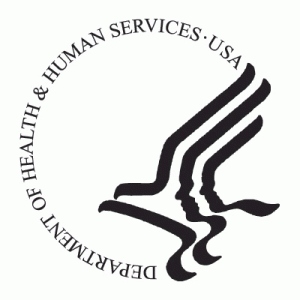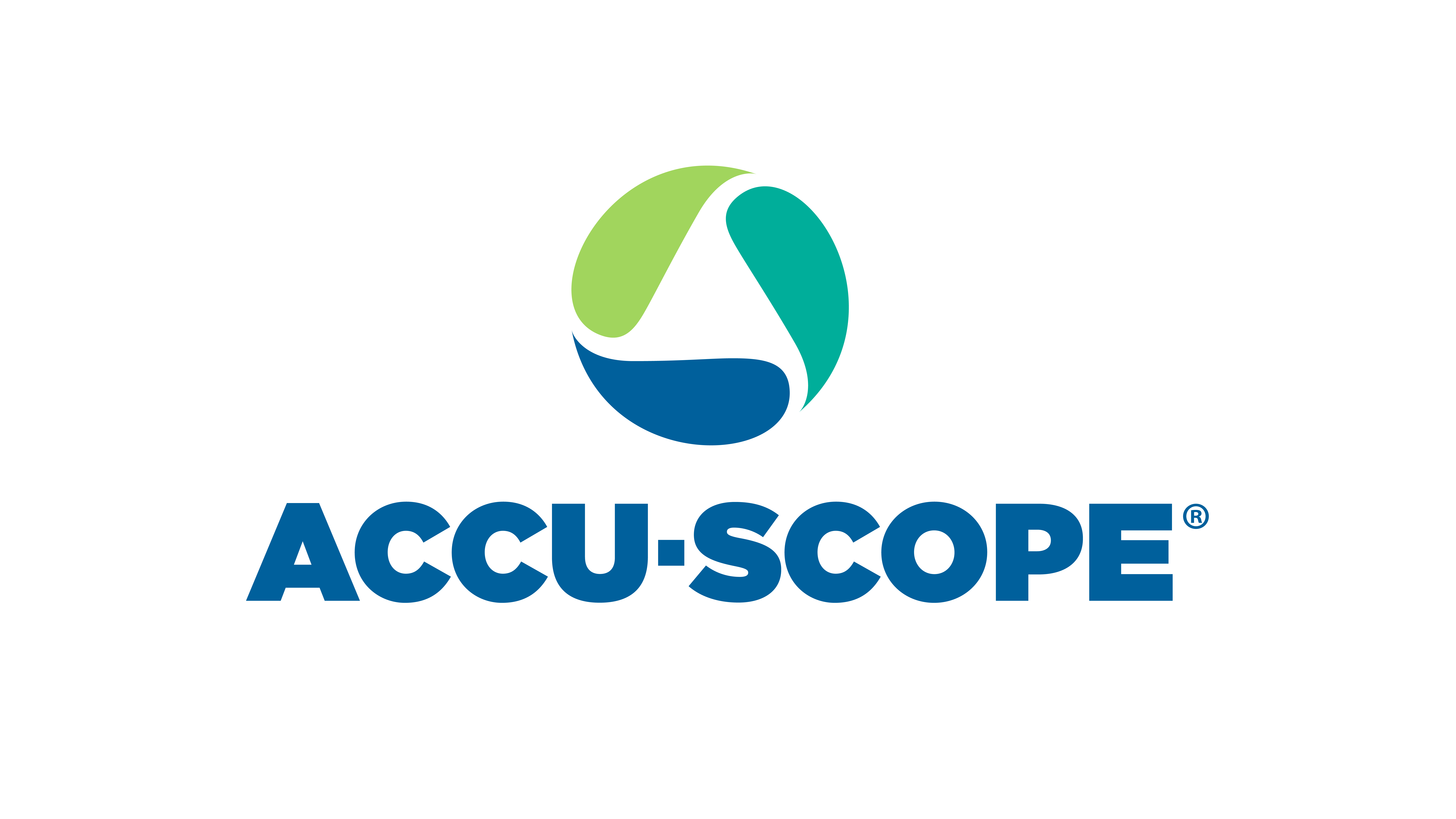CLIAC Agenda Items Include Digital Pathology
 The Clinical Laboratory Improvement Advisory Committee (CLIAC) recently heard presentations on digital pathology and asked the following questions of the committee:
The Clinical Laboratory Improvement Advisory Committee (CLIAC) recently heard presentations on digital pathology and asked the following questions of the committee:
- What HHS guidance is needed for validation of whole slide imaging? Can the CAP guidance serve as a model? Are other sources of guidance available that should be considered?
- What practices discussed at the International Color Consortium (ICC) Color Summit should be considered during implementation or validation of whole slide imaging by a laboratory.
The agenda items and presentations by Dr. Jared Schwartz (on behalf of himself), Dr. Anil Parwani (on behalf of the College of American Pathologists) and Dr. Aldo Baldano (on behalf of Center for Devices and Radiologic Health reporting on recent Color Summit) are all available on the CLIAC website.
Dr. Schwartz presented a talk on the technology of whole slide imaging and current uses, applications and practices or pathologists using the technology for clinical use. Dr. Parwani presented on the recently published College of American Pathologists guidelines for validation of whole slide imaging and Dr. Baldano presented a summary of thoughts from the recent Color Summit organized with FDA and the International Color Consortium (ICC).
A short discussion followed the presentations and continued the next morning by the committee trying to address the above questions.

More on this to follow once the minutes from the meeting are made public. Past meeting minutes and future minutes are also available from the CLIAC website. Suffice it for now to say there was an interesting discussion about whole slide imaging, its uses and limitations, self-validation within laboratories, effect (or lack thereof) of color on diagnostic images and issues related to patient safety and quality. Will make a link available when the minutes are published. This is the first time CLIAC has addressed the matter of whole slide imaging/digital pathology since February of 2012 in a presentation given by Dr. Richard Friedberg on the pathologist’s perspective.
About CLIAC
The Secretary of Health and Human Services is authorized under Section 353 of the Public Health Service Act, as amended, to establish standards to assure consistent, accurate, and reliable test results by all clinical laboratories in the United States. The Secretary is authorized under Section 222 to establish advisory Committees.
The Clinical Laboratory Improvement Advisory Committee (CLIAC) was chartered in February 1992 to provide scientific and technical advice and guidance to the Secretary and the Assistant Secretary for Health pertaining to improvement in clinical laboratory quality and laboratory medicine. In addition, the Committee provides advice and guidance on specific questions related to possible revision of the CLIA standards. Examples include providing guidance on studies designed to improve safety, effectiveness, efficiency, timeliness, equity, and patient-centeredness of laboratory services; revisions to the standards under which clinical laboratories are regulated; the impact of proposed revisions to the standards on medical and laboratory practice; and the modification of the standards and provision of non-regulatory guidelines to accommodate technological advances, such as new test methods and the electronic submission of laboratory information.
The Committee consists of 20 members, including the Chair. Members are selected by the Secretary from authorities knowledgeable in the fields of microbiology, immunology, chemistry, hematology, pathology, and representatives of medical technology, public health, clinical practice, and consumers. In addition, CLIAC includes three ex officio members, or designees: the Director, Centers for Disease Control and Prevention; the Commissioner, Food and Drug Administration; the Administrator, Centers for Medicare & Medicaid Services; and such additional officers of the U.S. Government that the Secretary deems are necessary for the Committee to effectively carry out its functions. CLIAC also includes a non-voting liaison representative who is a member of AdvaMed and such other non-voting liaison representatives that the Secretary deems are necessary for the Committee to effectively carry out its functions.
Due to the diversity of its membership, CLIAC is at times divided in the guidance and advice it offers to the Secretary. Even when all CLIAC members agree on a specific recommendation, the Secretary may not follow their advice due to other overriding concerns. Thus, while some of the actions recommended by CLIAC may eventually result in changes to the regulations, the reader should not infer that all of the Committee’s recommendations will be automatically accepted and acted upon by the Secretary.



































